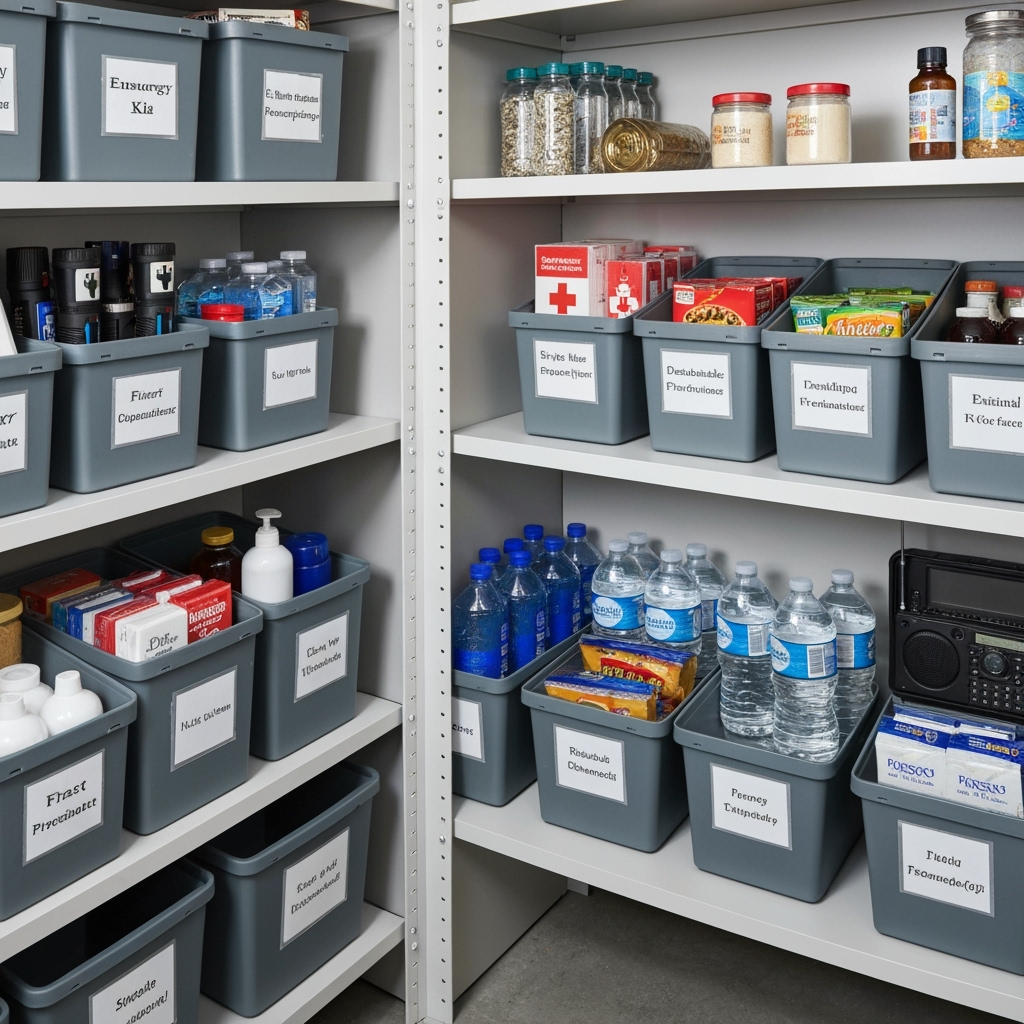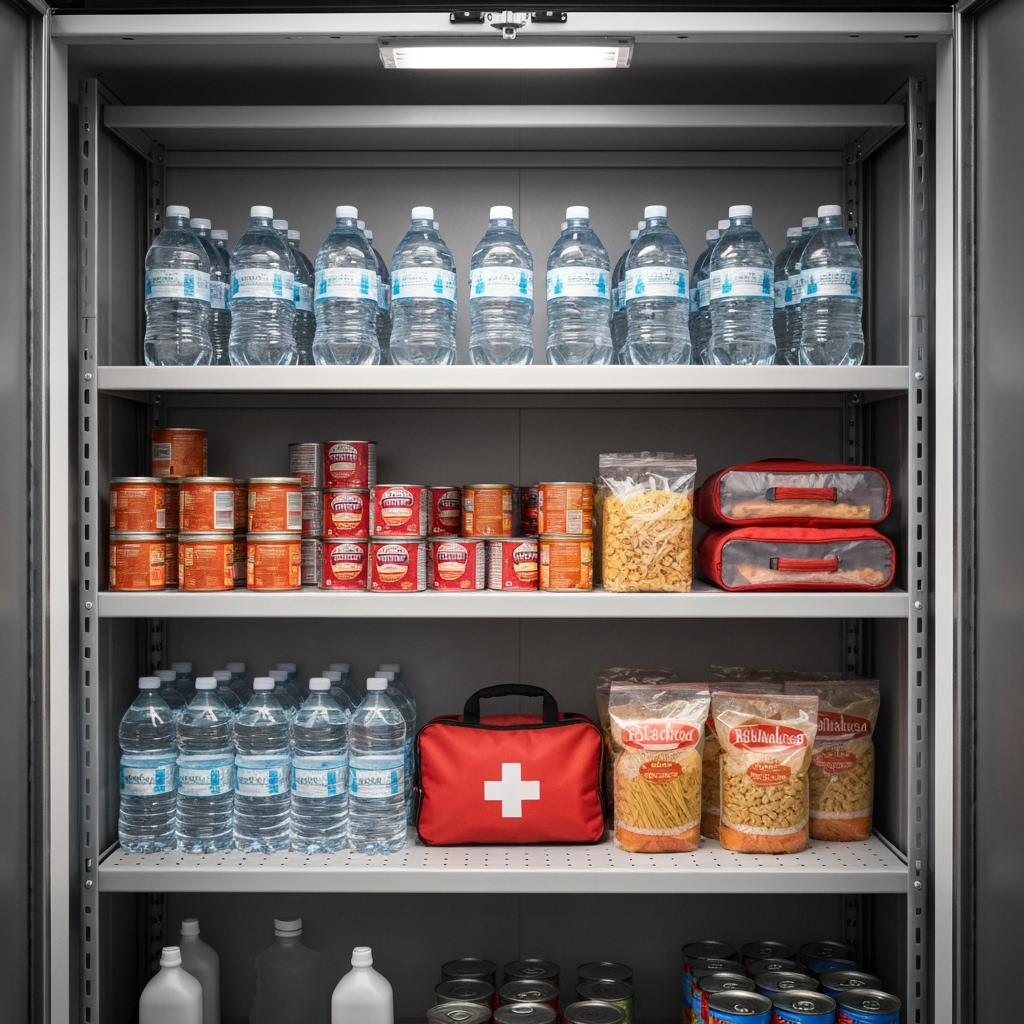
Why Every Family Needs an Emergency Kit
Natural disasters and emergencies can strike without warning. Having a well-organized emergency kit stored in an accessible location isn’t just good practice – it could be life-saving. This comprehensive guide will help you create, organize, and properly store your family’s emergency supplies using a self-storage unit as part of your preparedness strategy.
Essential Components of Your Emergency Kit
A complete emergency kit should include supplies to sustain your family for at least 72 hours. Here’s what you need:
- Water (one gallon per person per day)
- Non-perishable food items
- First aid supplies
- Flashlights and extra batteries
- Emergency radio
- Vital documents in waterproof containers
- Basic tools and supplies
- Warm blankets and emergency clothing
- Personal hygiene items
- Prescription medications
Strategic Storage Solutions

A climate-controlled storage unit offers several advantages for emergency preparedness:
1. Protection from Elements
Climate-controlled units maintain consistent temperature and humidity levels, protecting sensitive supplies from extreme conditions that could compromise their effectiveness.
2. Organized Accessibility
Store items in clear, labeled containers and maintain an inventory list. Organize supplies by category and priority for quick access during emergencies.
3. Rotation System
Implement a rotation system for food, water, and other perishable items. Mark expiration dates clearly and check supplies quarterly.
Creating Your Storage Strategy
Follow these steps to effectively organize your emergency supplies:
- Choose the right size storage unit based on your family’s needs
- Install sturdy shelving units for organized storage
- Use airtight, waterproof containers for sensitive items
- Create a detailed inventory system
- Maintain clear pathways for easy access
- Keep emergency supplies near the unit’s entrance
Maintenance and Updates
Regular maintenance ensures your emergency kit remains ready when needed:
- Check expiration dates quarterly
- Update supplies based on seasonal needs
- Replace batteries and test equipment regularly
- Review and update emergency contact information
- Adjust quantities based on family size changes
Special Considerations
Remember to account for specific needs:
- Pet supplies if you have animals
- Special medical equipment or supplies
- Children’s comfort items
- Vehicle emergency kits
- Communication devices and chargers
Take Action Today
Don’t wait for an emergency to start preparing. Visit your local Public Storage facility to discuss climate-controlled storage options for your emergency supplies. Our professional staff can help you choose the right unit size and provide additional tips for organizing your emergency preparedness kit.
Remember, being prepared isn’t about fear – it’s about providing peace of mind for you and your family. Start building your emergency kit today, and rest easier knowing you’re ready for whatever tomorrow brings.










Leave a Reply